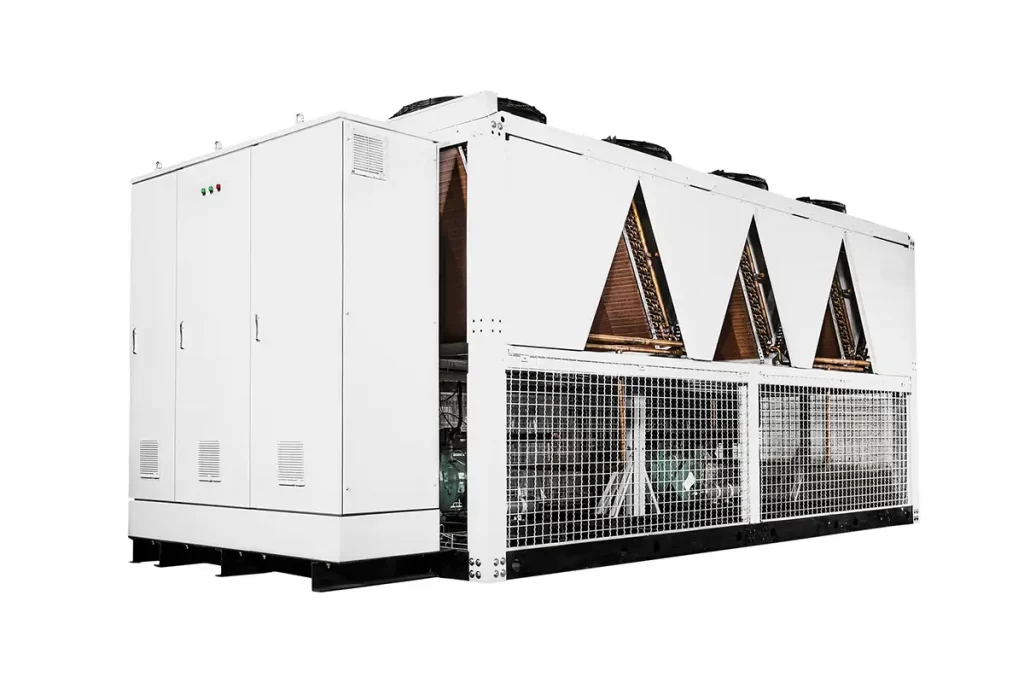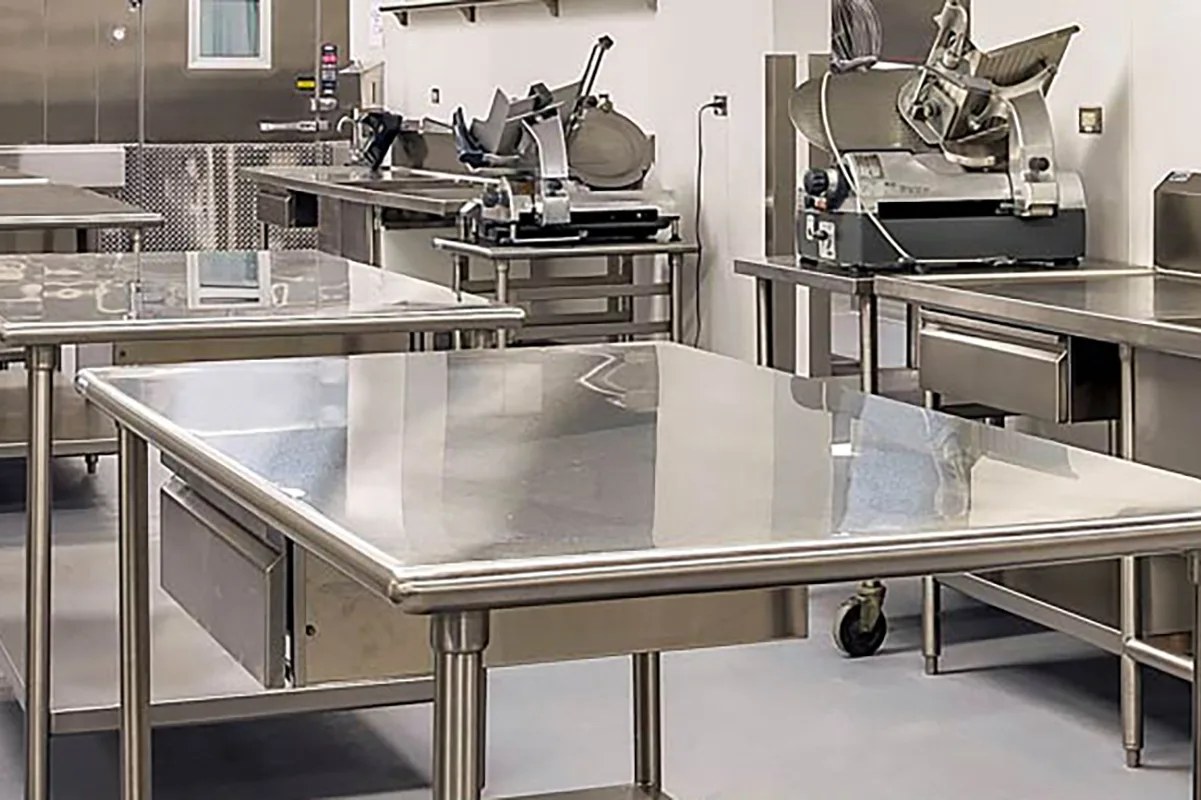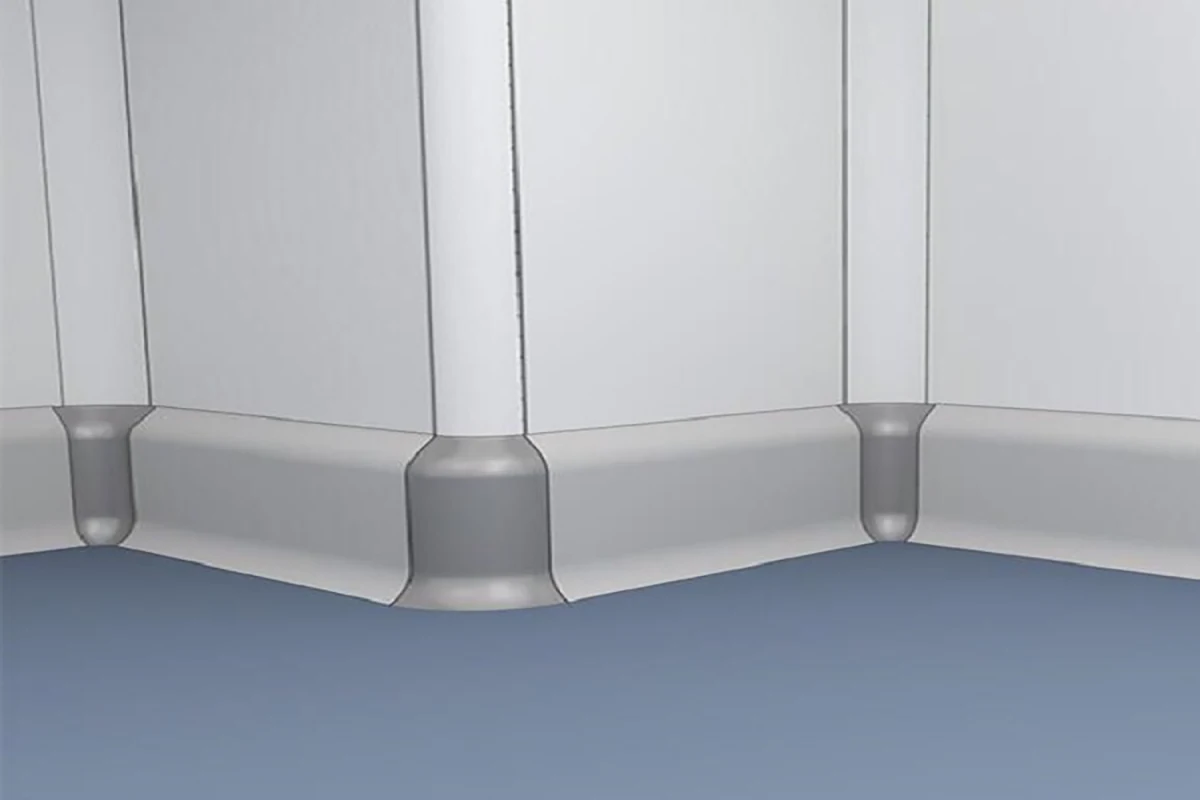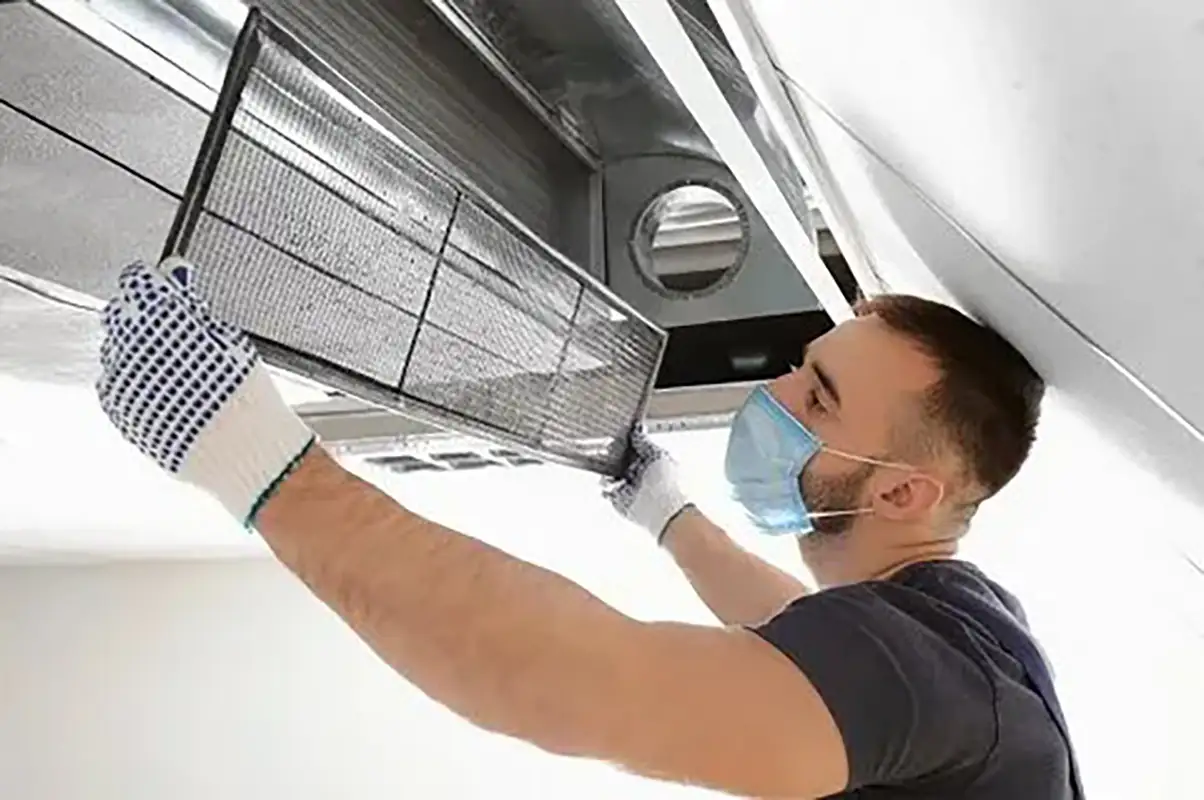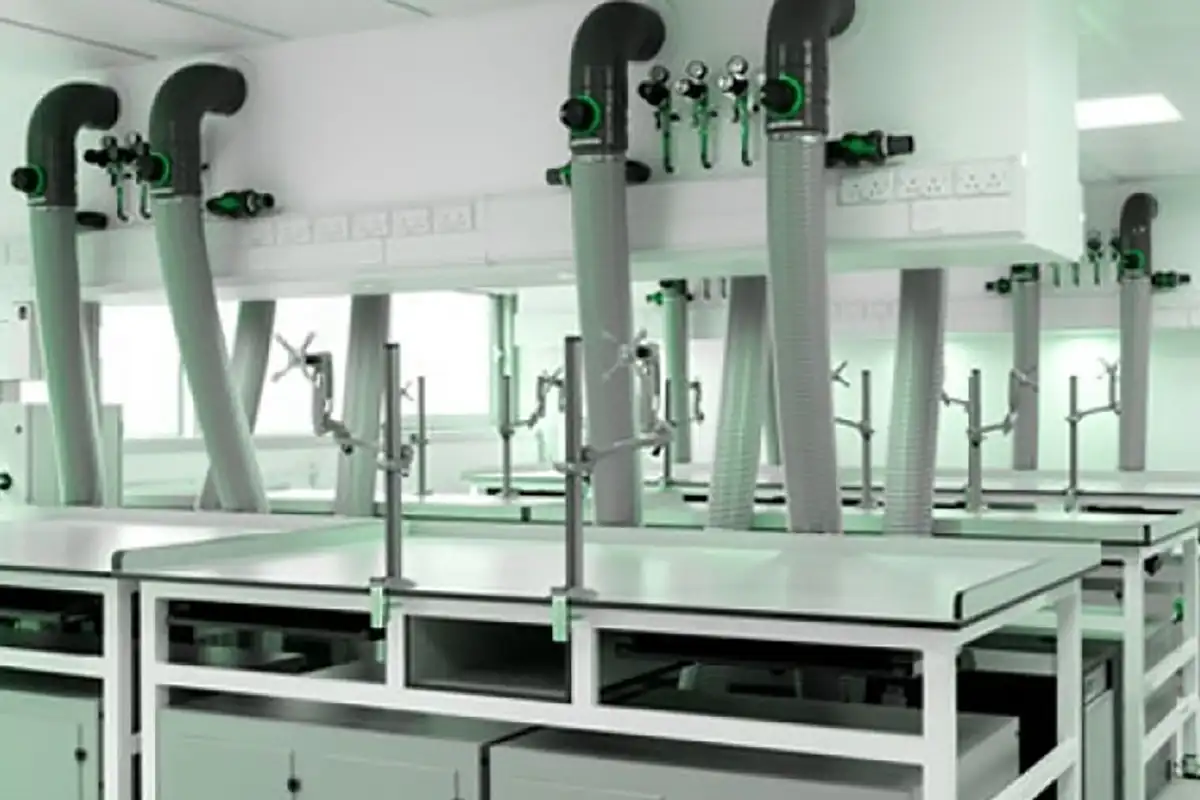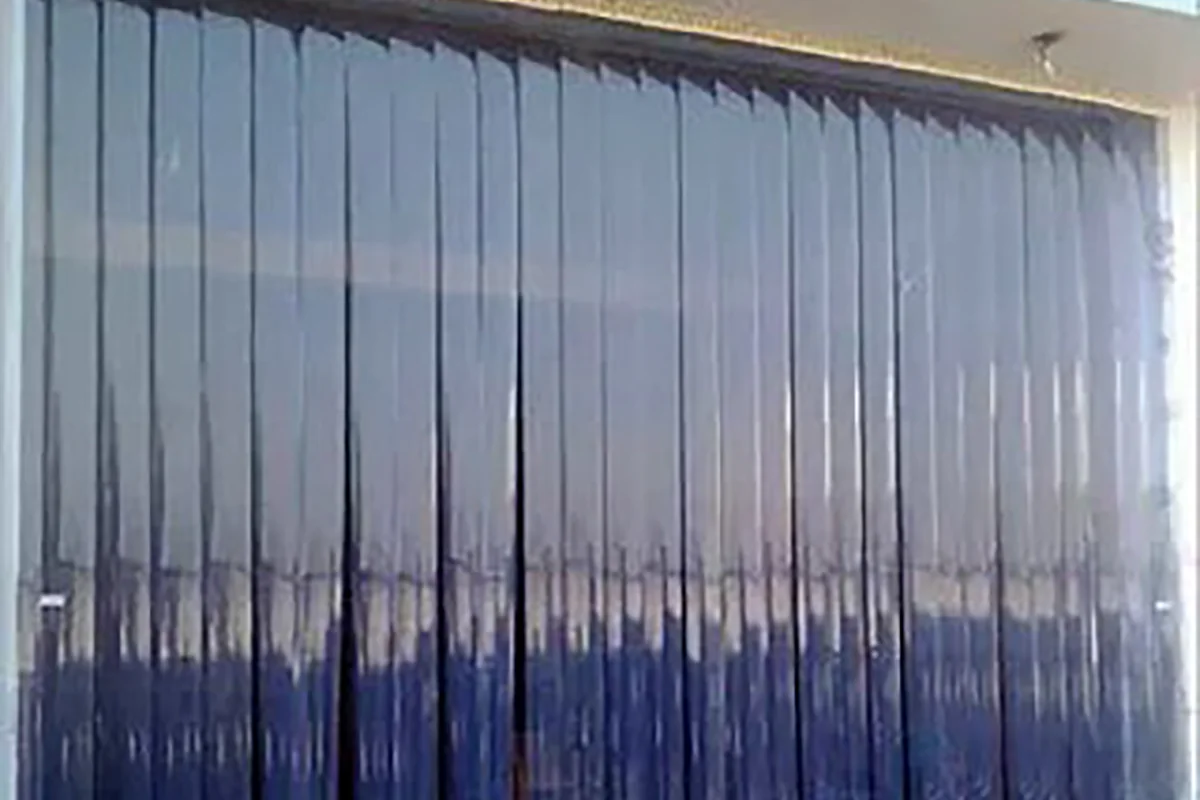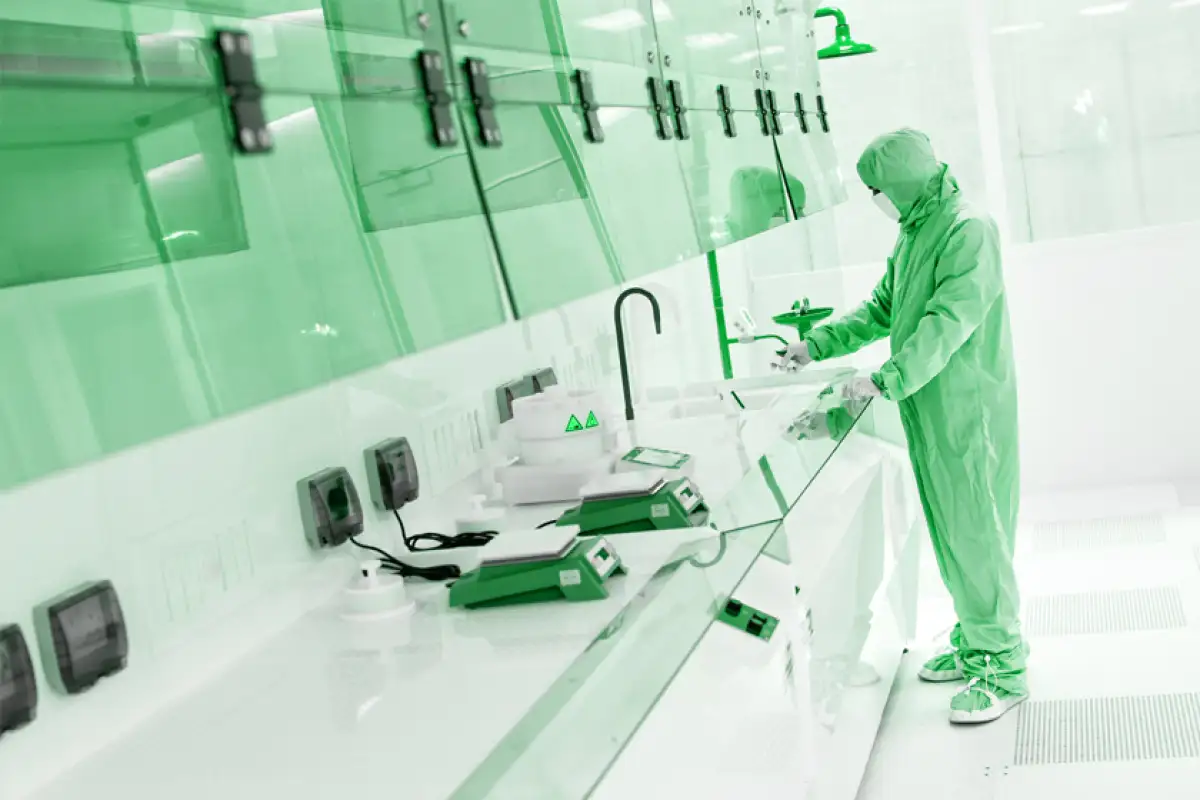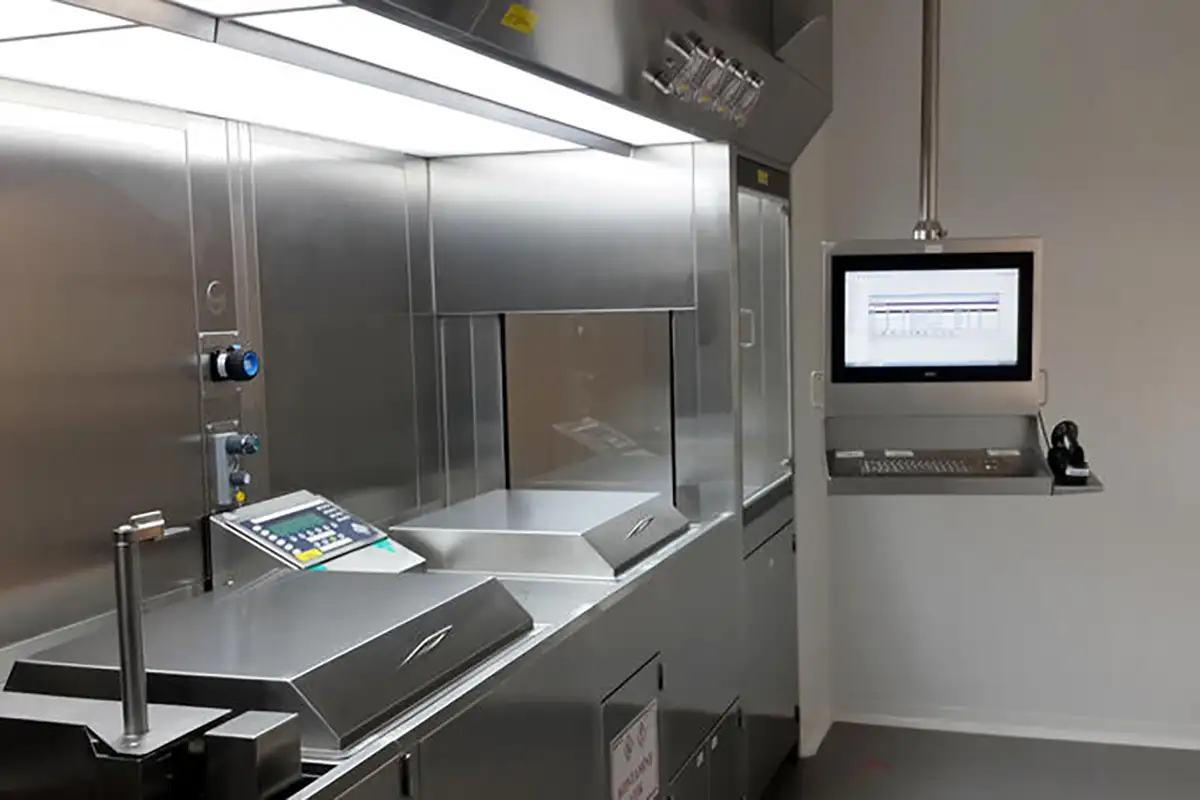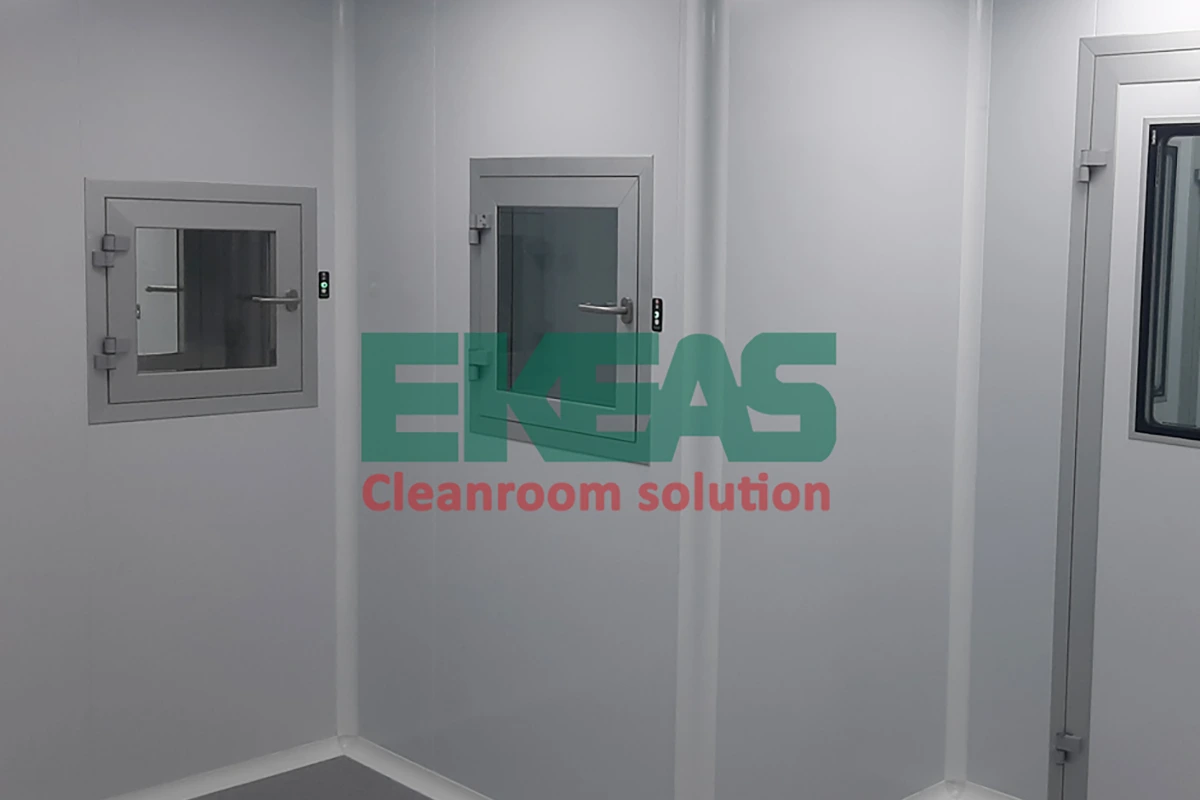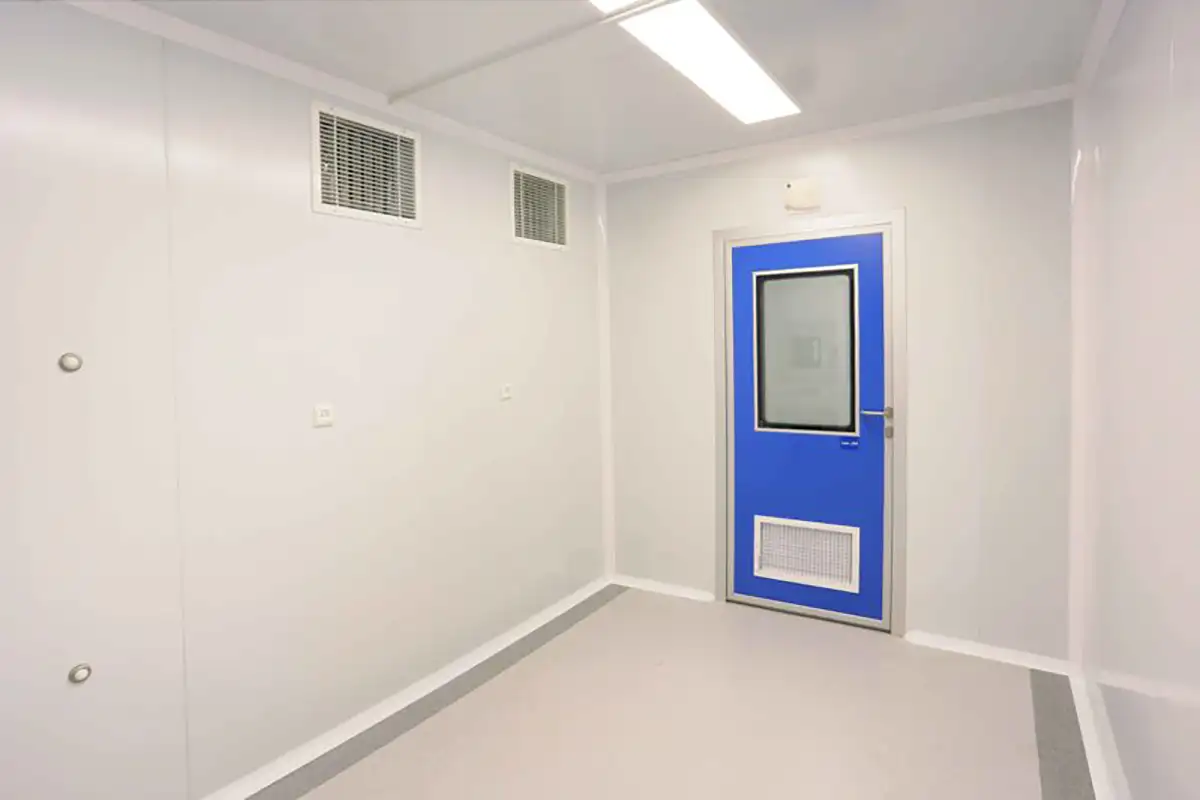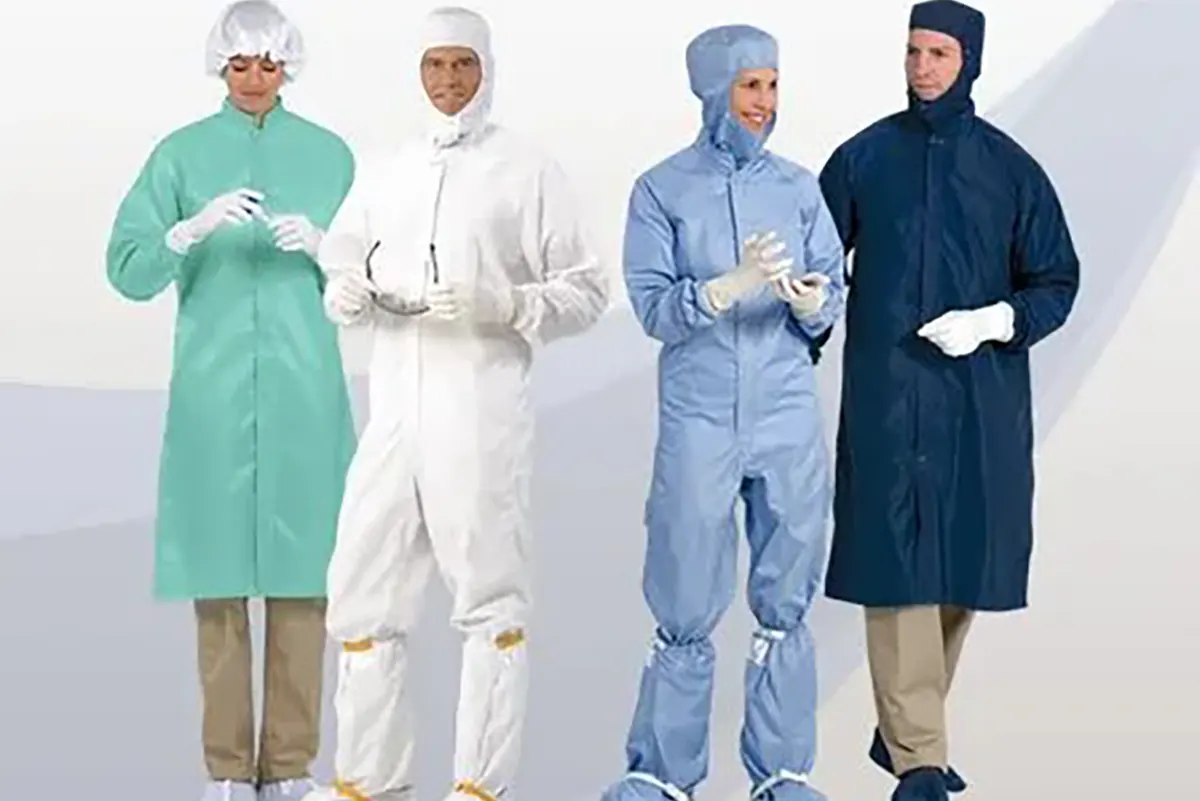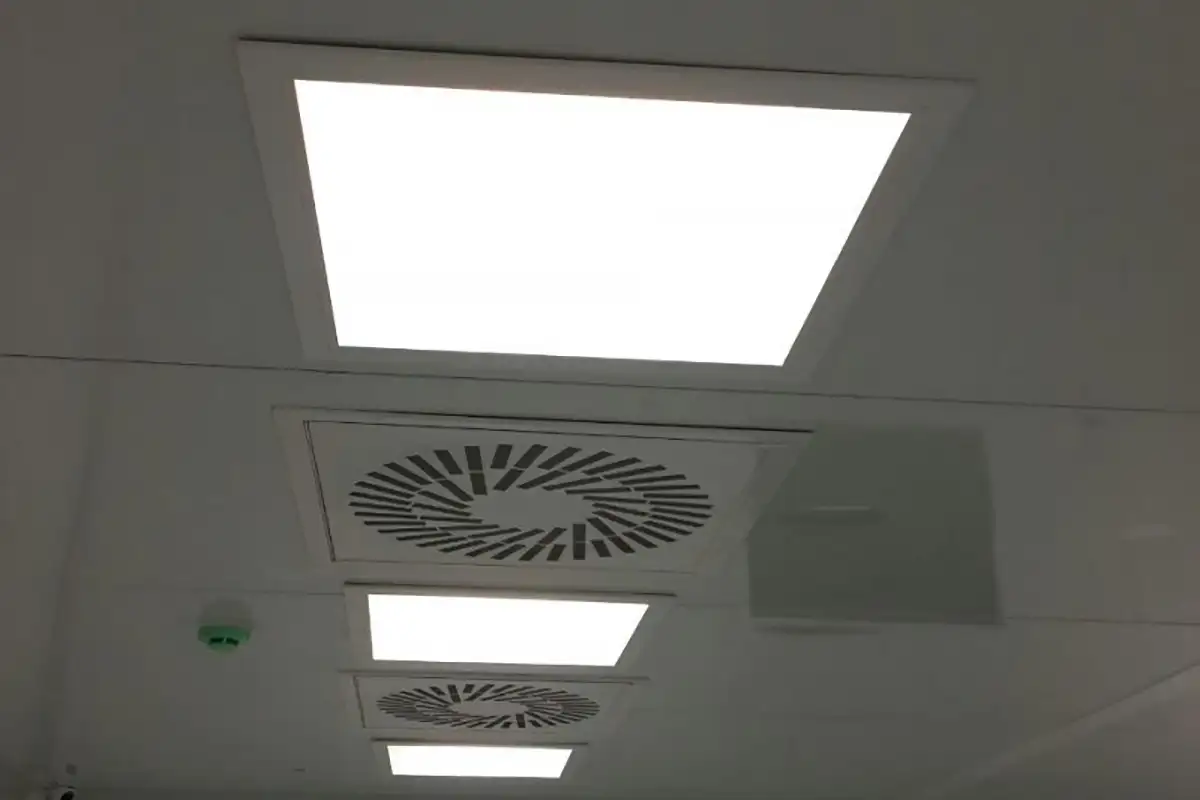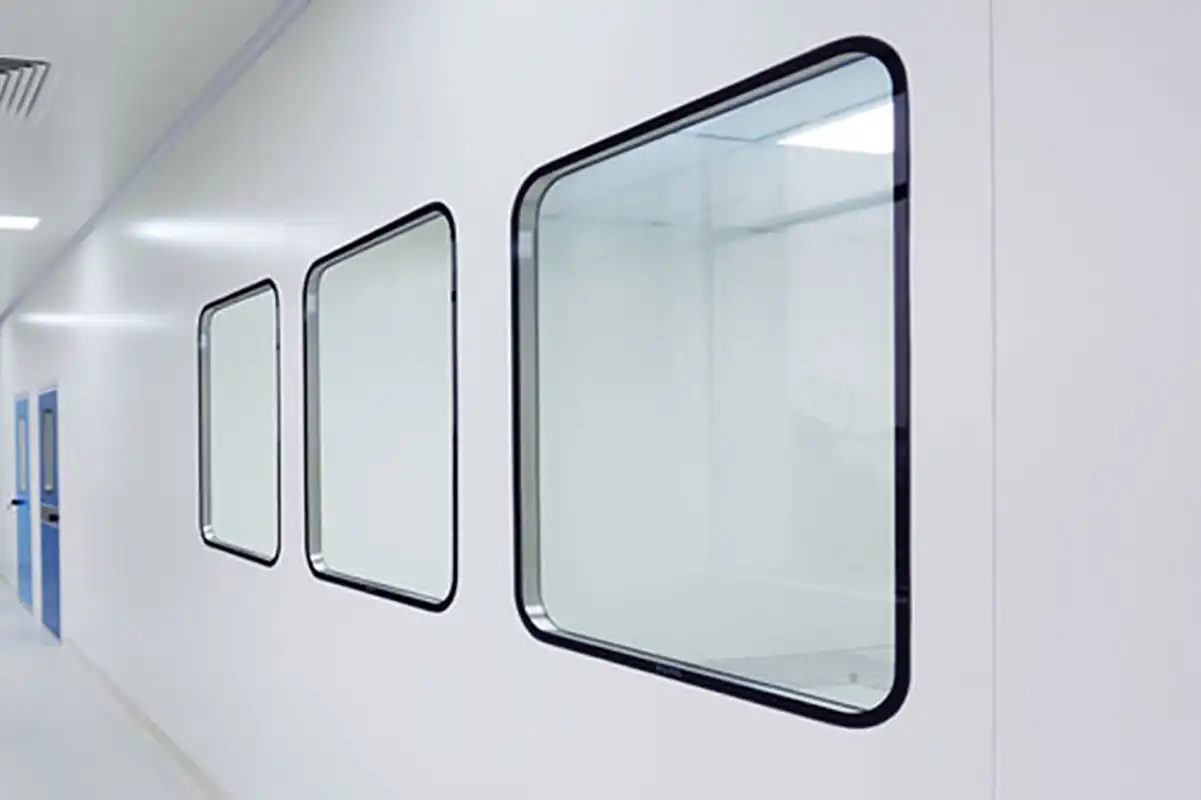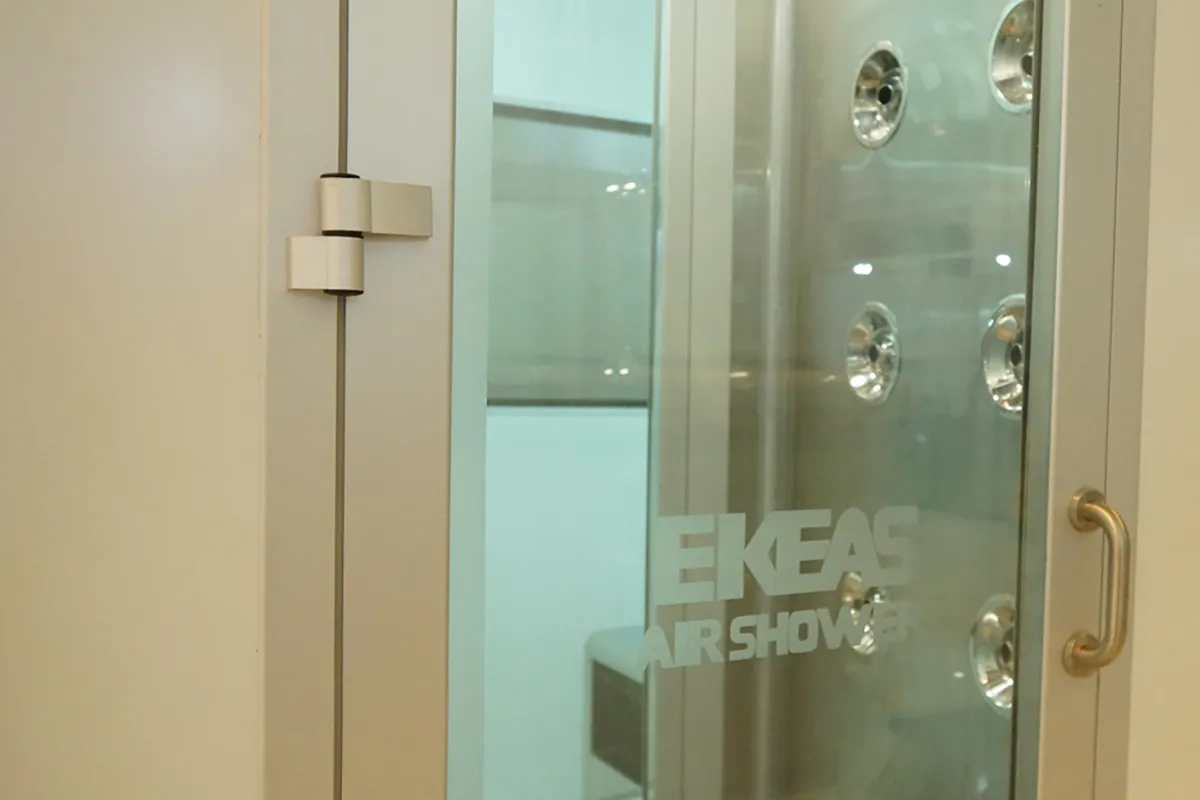Condensing unit is a cooling and heating device. This device is more commonly referred to as the external units in air conditioning systems and is actually a cooling system. However, the appearance of this device is similar to that of mini chillers or air chillers. These units can be considered a type of ventilation system for buildings. In simple terms, a condensing unit is a type of compression chiller without an expansion valve and evaporator. In this article, we intend to introduce condensing units.
What is a condensing unit?
A condensing unit is a cooling system that creates a desirable cooling environment for various environments based on the refrigeration system. Although this device raises the ambient temperature with the help of heat exchangers and also creates desirable heating in the cold days of the year, in general, the condensing unit is more known for its cooling performance.
Technically, a condensing unit is a type of heat exchanger and its size can vary from a very small device to large and industrial units. Condensing units also have a variety of applications, such as cooling in refrigerators, air conditioning, chemical reactions, and steam turbine power plants. Water is usually used as a refrigerant in the compression process, but other forms of refrigerant have also been used successfully.
Advantages of Condensing Units
Condensing units have many advantages. Let’s start with the air-cooled type. The most important advantage of this unit is that it does not need water to operate. Also, no limescale is formed on the pipes of this unit. On the other hand, it is usually easy to install and keep clean, and it can also be installed outdoors.
read more | Package unit
On the other hand, water-cooled condensers do not need to receive fresh air to stay cool and can have a more compact design. These devices also make no noise. In fact, the fan doesn’t buzz throughout the day. You can also use lower compressed pressures in the unit and have better pressure control. Water-cooled chillers fit well inside and the condenser can be placed outside in a separate circuit. Some chillers use a water tower to dissipate the heat absorbed by the water to the outside.
Applications of Condensing Units
One of the common types of condensing units is the air conditioner. However, condensing units are also commonly used in chemical applications. However, a laboratory condenser unit is very different from what is seen in a steam power plant or an air conditioner.
Unlike conventional heat exchangers, laboratory and chemical condensers are made up of a large glass tube through which water flows. In the middle of this large tube, there is another smaller tube into which hot vapor enters. After entering, the cooling effect of the water around it brings the vapor to a temperature at which it can condense.
One of the common applications of laboratory condensers is water distillation. Water contains many impurities that are undesirable in thermal and chemical processes. When water is heated to the boiling point, it can leave behind small deposits and impurities. In steam power plants, this is very undesirable as these deposits can lead to corrosion. In chemical applications, the presence of impurities can also lead to an unwanted chemical reaction.
read more | Air-cooled chillers
How a condensing unit works
The process that takes place in a condensing unit is a refrigeration cycle and the operation of these units is in the form of steam compression. When the cold vapor from the outgoing refrigerant that is installed inside the air evaporator enters the condensing unit, it condenses. Then the cold vapor is converted to hot vapor. After this stage, the condenser raises the temperature inside the device and the vapor is released from the condensing unit in the form of a very hot liquid.
read more | Fan filter box
The liquid discharged from the condensing unit flows towards the expansion valve that is installed just before the evaporator. Finally, the cold refrigerant discharged from the expansion valve, which also has a percentage of vapor, enters the evaporator. Then the temperature of the air that passes through the evaporator coil by the blower fan decreases. By reversing the direction of flow of the refrigerant in the cycle, the temperature of the air passing through the evaporator coil can be increased to heat the environment. Of course, in this case, the evaporator coil will play the role of the condenser in the cycle.
Mechanical principles governing the condensing unit
Condensers are made up of a continuous finned pipe coil. The compressor discharge vapor enters the coil at the top. Then this vapor stream exits from the bottom, from where it reaches the receivers located under the base. A fan is also installed on the compressor-motor pulleys that blows air throughout the condenser coil. The important point is that this device must be placed in a well-ventilated and preferably cool location. The lower the ambient air temperature, the lower the power required will be.
For water-cooled condensers, compressors with a capacity of one horsepower or more are used. In a water-cooled condenser, the higher the amount of water consumed, the lower the condensation temperature and the lower the electricity costs. Conversely, the lower the amount of water consumed, the higher the condensation temperature and the higher the electricity costs. Therefore, there must be an optimal flow of water to minimize the total cost of water and electricity.
Components of a Condensing Unit
A condensing unit is made up of many components, but the two main units of this device are the compressor and the condenser. The compressor is used as a mechanism to increase the pressure of the refrigerant to create the energy needed for the refrigerant to flow through the refrigeration cycle. The condenser is also used to dissipate the heat of the hot vapor refrigerant output from the compressor to reduce the temperature and then condense it.
read more | Hygienic air conditioner
It is very important to make sure that the condensing unit is always clean and free of any debris. It is also recommended that you place your condensing unit in a shady area so that it does not heat up easily with the hot summer temperatures. Other components of a condensing unit include:
- A dense coil to help send the heat carried by the refrigerant outside
- Fan
- Receiver and liquid line components
- Electrical panel
It is worth mentioning that along with the condensing unit, there is also a separate assembly that plays the role of changing the temperature of the air (cooling or heating) in air conditioning or cooling the air in refrigerators and cold rooms. This assembly includes an expansion valve and an air evaporator, which is also known as the indoor unit in air conditioning systems.
Types of Condensing Units
There are different types of condensers that are classified according to the type of environment used to cool the vapor. The condensing unit system is in most cases of the compression type, which is divided into two types of air-cooled condensing units and water-cooled condensing units according to the type of refrigerant and condenser. In the following, we will explain each of these two types of condensing units.
Air-Cooled Condensing Unit
An air-cooled condensing unit is a type of condensing unit that uses air to cool the refrigerant. It is the most common type of condensing unit used in residential HVAC units. It can be used in all climates. This type of condensing unit is also used in industrial applications and is known by the acronym ACCU.
Air-cooled condensers force or pull air around a series of finned metal tubes. These tubes are filled with hot gas, and as the air cools, the condensate vapors on the tubes condense into liquid and drain into a reservoir or drain. The hot air is exhausted from the unit.
read more | What is a HEPA filter?
This type of condensing unit is used in household refrigerators, showcases, coolers, and room air conditioners. Air-cooled condensers typically have copper coils through which the refrigerant flows. This type of condensing unit is further divided into two subcategories, which are explained below.
Natural Convection Air-Cooled Condensing Unit
In a natural convection air-cooled condensing unit, air comes into contact with the hot coil and absorbs the heat of the refrigerant inside the coil. As a result, the air temperature increases. Since hot air is lighter, it flows upwards and is replaced by cold air. The cold air again comes into contact with the hot coils and the hot air again goes upwards. This natural cycle continues until the refrigerants lose their heat.
Since the air flow rate is low and the radiant heat transfer is also not high, the combined heat transfer coefficients in these condensers are small. Therefore, relatively large, dense surfaces are required to dissipate a given amount of heat. As a result, this type of condenser is used for low-capacity refrigeration systems such as household refrigerators and freezers.
Forced Convection Air-Cooled Condensing Unit
Another type of condenser is the forced convection air-cooled condensing unit. The fan or blower plays the most important role in removing the heat of the refrigerant inside the coil, as it blows air over the coil. The fins of the condenser in the forced convection type are very tightly spaced together. Therefore, if dust and dirt fill the space between the fins, blowing wind and heat dissipation will create a big problem.
In general, it can be said that industrial machines use fans to draw in cool air from outside and expel hot air from the chiller. You may see a few small condensers that use gravity to circulate air. It is worth mentioning that the conventional vents are horizontal or vertical, which helps in the shape of chillers and their location.
Among the advantages of air-cooled condensers, the following can be mentioned:
- Simple operation
- Smaller size
- Low maintenance requirements
- Simple cleaning process
- Relatively low installation cost
- High flexibility
Water-Cooled Condensing Unit
A water-cooled condensing unit uses pipes to do the same thing that was said in the air-cooled condenser. The hot refrigerant vapor enters a sealed chamber containing a cold water pipe or coil. The cold water then absorbs the heat. Thus, the condenser exchanges energy with water with the help of tubes and shell or thermal plates, and then cools down. This type of condensing unit is more commonly used in dry and temperate regions. However, water-cooled condensing units are divided into three types, which are explained below.
Water-cooled condensers of the two-pipe type
In two-pipe condensers, one water pipe is located inside a larger refrigerant pipe. The water absorbs more of the refrigerant heat. However, since the refrigerant pipe is exposed to natural airflow, part of the cooling process is over natural convection. It is worth mentioning that two-pipe condensers were used in the past, but the presence of a large number of gaskets and flanges caused problems in the maintenance of this type of condenser.
Water-cooled condensers of the shell and coil type
In shell and coil water-cooled condensers, there is a welded shell that consists of a coil in the shape of a finned water pipe. In this type of water-cooled condensers, hot refrigerants flow into the shell. At the same time, cold water circulates inside the coils and condenses the refrigerants. In general, it can be said that the water-cooled condenser of the shell and coil type is the most compact and least expensive type of condensing unit.
read more| cleanroom equipment
Water-cooled condensers of the shell and tube type
The shell and tube water-cooled condenser is one type of condenser that processes heat by having a cylindrical shell consisting of water tubes. In this type of condensing units, water is pumped through the pipes and at the same time, the refrigerant flows into the shell. The installation of fins in the tubes improves heat transfer.
read more | Cleanroom
Shell and tube condensers are usually inexpensive and easy to maintain. The most common type of shell and tube condenser is the horizontal shell condenser. However, vertical shell and tube condensers are usually used with ammonia in high-capacity systems. This makes it possible to clean the pipes from the top while the factory is running.
Condensing Unit, an Important Part of Work Environments
Condensing units are cooling systems that, with a refrigeration system, create the desired cooling for a variety of environments. These devices are usually used with air conditioners for air conditioning.
The Ekeas Cleanroom is a manufacturer of cleanrooms and related equipment. At Ekeas, we offer you the best and most cost-effective cleanroom solution based on your needs and your desired standards. For more information about cleanrooms and related equipment, including condensing units, please contact our experts at Ekeas.
Cleanroom Equipment by Ekeas
Cleanrooms include a variety of equipment, and in order for a cleanroom to meet standards, it must use the appropriate equipment. Here are a few examples of cleanroom equipment:

